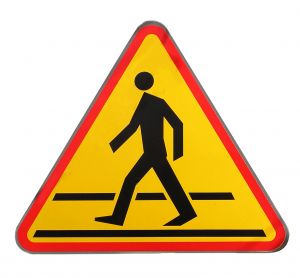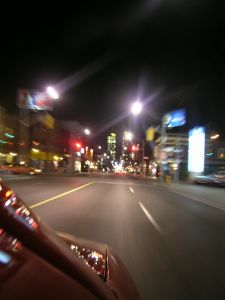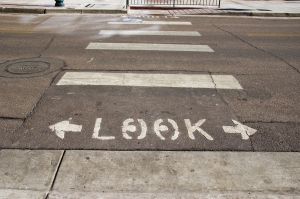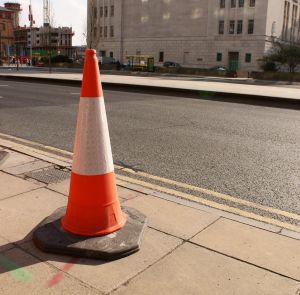A man in a wheelchair was seriously injured when he was struck by an oil truck in a New Bedford crosswalk.
The New Bedford pedestrian accident is the second accident involving a victim in a wheelchair in recent months. A 57-year-old man died in October after being hit in his wheelchair at a Route 6 intersection, the Boston Herald reported.
Massachusetts trucking accidents are frequently fatal when pedestrians or cyclists are involved. The National Highway Traffic Safety Administration reports more than 400 bicyclists and pedestrians were killed in accidents with large trucks in 2008 and another 3,000 were seriously injured.

The accident victim in this case was taken to St. Luke’s Hospital and later transferred by medical helicopter to Massachusetts General Hospital.
Police report the victim was 84 years old. He was southbound on Purchase Street at about 3:30 p.m. on Monday when he was struck while in the crosswalk at Purchase and Hillman streets.
The Massachusetts Department of Transportation reports that senior citizens account for nearly 40 percent of all fatal pedestrian accidents in Massachusetts.
Those under the age of 15 account for nearly 30 percent of pedestrian victims.
Continue reading
 Boston Car Accident Lawyer Blog
Boston Car Accident Lawyer Blog





